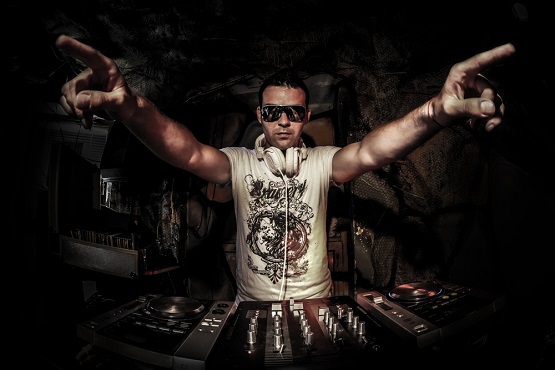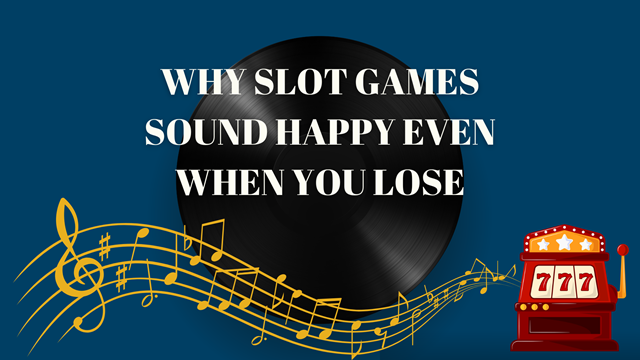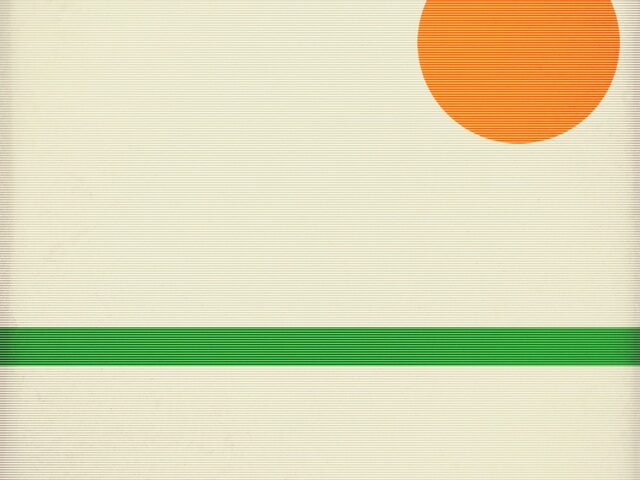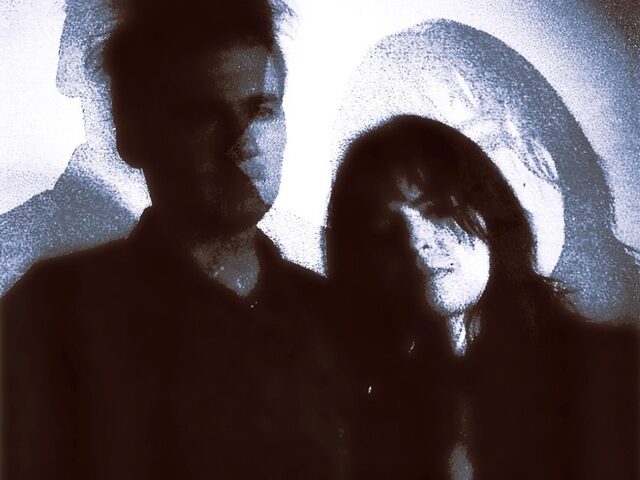
You may be a seasoned professional on the DJ scene and know your Numark from your Behringer, or a newbie just starting out as a DJ. Either way, you should have realized the importance of purchasing a good mixer. However, there is more to Djing than just having a great DJ mixer at hand; you have to know how to use it and how to get the best from it. Here are some tips and tricks to help you do just that, mostly aimed at those starting up, but also some helpful reminders for professionals who may need a refresher.
The tips and tricks covered here include:
- Choosing the right mixer for your needs;
- Understanding the most important differences between mixers;
- Developing good habits;
- Get to know your mixer;
- Keep an eye on warning lights.
Choosing the Right DJ Mixer for your Needs
It can be all too easy to get overexcited when choosing your mixer, more so if you have a pocket full of cash and no budget. However, the highest priced mixer with more knobs and switches than you can count is not necessarily the best.
Your style of mixing should play a huge part in your choice of mixer, for instance, you might want to go into club Djing, mobile, house parties or scratching. All require a different kit. For clubs you typically need a mixer and standalone player, maybe a controller to go with it, mobile DJs generally require DJ controllers and two deck mixer in one, scratch DJs need a mixer with crossfader that is adjustable. You then have to compare the mixers for your genre and once you have compared, narrow them down to the right one for you.
The Most Important Differences
There is a vast amount of mixers on the market today and you will find some offer a great deal more than others. However, the most important differences to take into account when choosing between them is the number of channels, effects and input/outputs they offer. The essential features required on a mixer are channels, Gain/trim, EQ, fader and crossfader, master level, peak meters, BPM counter and cue level along with cue mix. A studio like https://www.studiodelphin.com/about-me/ can help you navigate through the various distinctions in production.
Start Off As You Mean to Go On
Developing good habits from the start is essential. It is easy to pick up bad habits on the road to learning. More so if you watch videos uploaded by want-to-be DJs who have bad habits. Choose who you learn from carefully.
Get To Know the Mixer Inside Out
Once you have purchased your mixer make it your new best friend by getting to know it inside out. Take the time to learn what all buttons and sliders do, even if you are not going to use them all in the beginning. This way you will be able to make the most of your mixer and DJ set as you evolve. If you need a turntable in the future, you’ll already have a solid understanding of your equipment and be better prepared to incorporate it into your setup seamlessly.
Keep Your Eye on Warning Lights
Red lights, aka warning lights, are there for a reason but it is surprising how many professional DJs don’t take any notice of them. Leaving red light clips on the mixer and amps is one sure way of damaging your equipment along with throwing out sound distortion, resulting in your set sounding awful at the least and speaker blowout at the worst. Keep the EQ, gains and master volume in the green.





